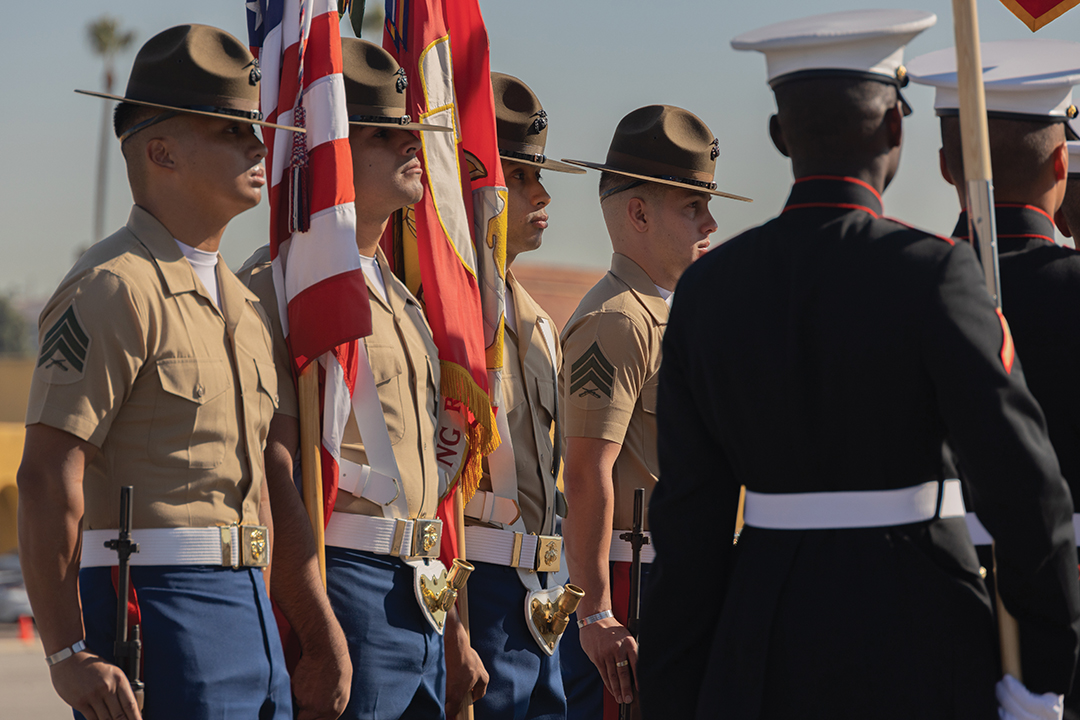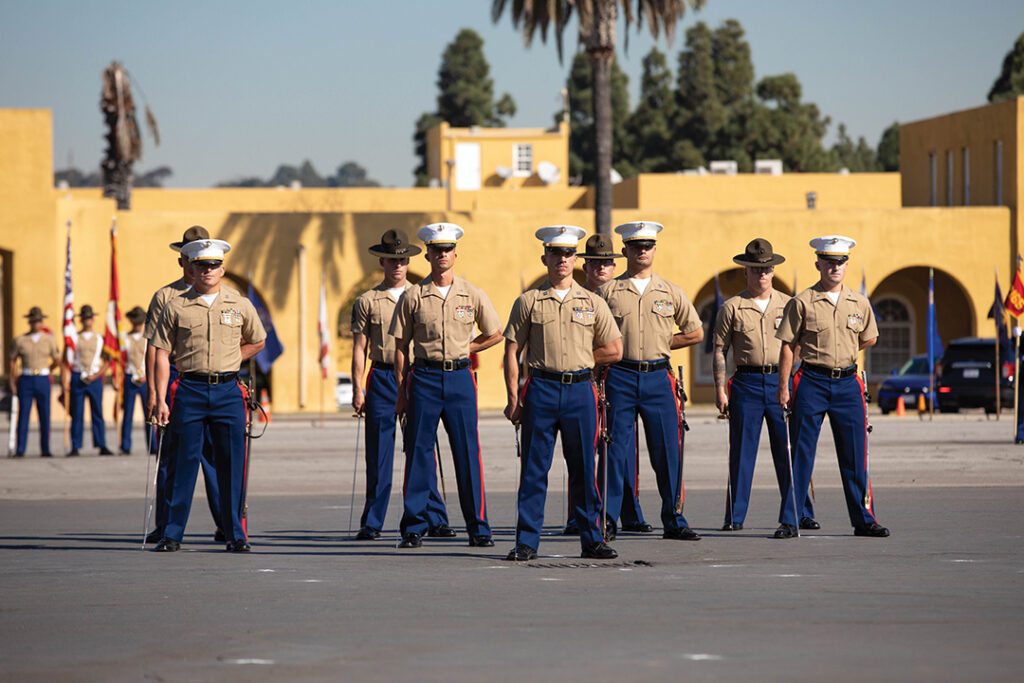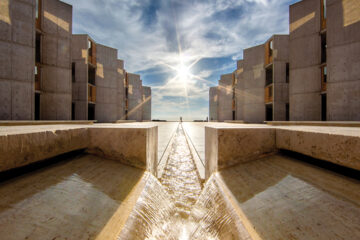Marine Corps Recruit Depot San Diego Celebrates 100 Years
The organization marks its centennial anniversary of making Marines

Since the American Revolutionary War, the United States Marine Corps has been known for two things: One is winning battles, and the other is making Marines. This year, 2023, the Marine Corps Recruit Depot San Diego marks 100 years of doing just that — making Marines. Nestled between San Diego International Airport and Pacific Coast Highway, unseen from Interstate 5, MCRD occupies a beautiful campus designed by Bertram Goodhue in the same Spanish Colonial Revival style he used for both the 1915 Balboa Park Panama-California Exposition and the Naval Training Center, now Liberty Station, next-door to MCRD.
The installation officially opened in 1921 as the Marine Advanced Expeditionary Base San Diego and two years later became the official training site for all Marine recruits west of the Mississippi River. Since then, more than 1.5 million Marines have completed boot camp at MCRD, with roughly 17,000 new recruits being trained this year alone.
“It’s tough. It’s the toughest recruit training of any of the services, especially the first few weeks,” says retired Marine Colonel Jim Gruny, 56, who is currently the Liaison Officer for MCRD San Diego and the entire Western Recruiting Region.

Gruny spent 30 years in the Marines, much of it in combat, first in Operations Desert Shield and Desert Storm and then Operation Iraqi Freedom. More recently, though, Gruny has spent considerable time at MCRD San Diego, including a two-year stint from 2012 to 2013 as the commanding officer of the recruit training regimen.
“I ran boot camp, so it has a special place in my heart,” Gruny says. “And I love drill instructors. They work harder than anyone in the Marine Corps and they care about what they do. They’re transforming young men and women into Marines. And the Marines doesn’t care — man, woman, sexual orientation, religion — you’re joining to be a Marine.”
Boot camp lasts 13 weeks, four of which are spent at Camp Pendleton, where new recruits learn marksmanship, go through field training, and something called “the crucible.” “It’s a tough exercise,” Gruny reflects, leaving it there.
When they finish, every new Marine gets ten days of leave. “They went through a pretty tough period. Probably the toughest period most of them have ever been through, and they made it,” Gruny says. “Then they go home to see their mom and dad and friends. They show everyone how tough they are, and hopefully send a few new recruits our way.”

After that, the Marines return for combat training at Camp Pendleton. “Regardless of the specialty you signed up for, every Marine learns to be a grunt, a rifleman,” Gruny says. Those skills could be called upon, and Gruny is quick to point out that infantry remains one of the main occupations for which recruits apply.
MCRD San Diego, which got its present name in 1948, is also where experienced Marines learn to be drill sergeants. They go through a 12-week course, enduring what is essentially a second boot camp for the purpose of becoming a new drill instructor.
“Drill sergeants apply pressure for a reason,” Gruny explains. “We want our recruits to know they can withstand extreme stress without freezing up. When they get through it and that clicks, they know they’re ready to deal with that level of pressure.”
During the winter months, recruits come in at a trickle compared to the summer months right after high school graduation — 250 every two weeks now, compared to 600 a week in July and August.
Each one of those groups forms a company that 13 weeks later goes through a graduation ceremony on the Parade Deck, an enormous outdoor space lined by recruit barracks on one side and the headquarters building at one end.
Forty of 52 Fridays each year, the base is crowded with family and friends, who also often visit the MCRD museum. The graduation ceremonies are open to the public as is the museum, which houses a remarkable collection that documents not only the history of the Marines over the past century, but in doing so also captures the history of San Diego during that same period. mcrdmuseum.org





Comments